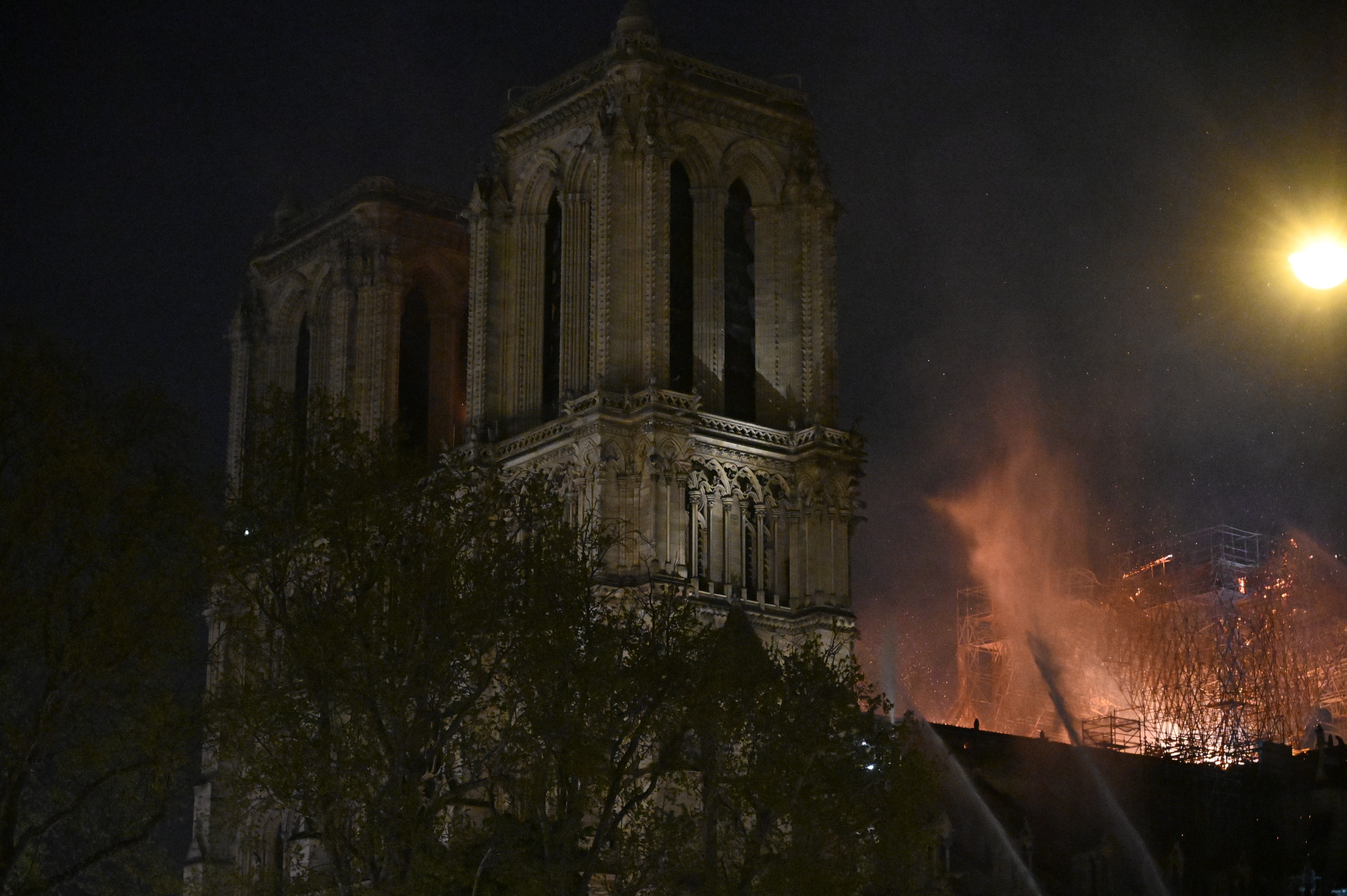THOSE FLAMES IN THE CATHEDRAL
Through the Paris tragedy we recovered the feeling of belonging to the European Community, an expression that the “founding Fathers” of Europe’s integration process – Konrad Adenauer, Alcide De Gasperi, Robert Schuman – had chosen in 1950 to translate their political will to weave the threads of a truly common destiny across the nations. A message that, from the blackened walls of the great church gone up in flames, spread across the continent, helping us look straight ahead

The Cathedral in Paris was partly destroyed by flames. Those images were broadcast around the globe. Everyone was emotionally moved at the sight of a huge blaze that seemed to be unending, because Notre Dame is Paris and much more. It’s France, and it extends beyond national borders. It’s the whole of Europe, it’s the whole world. It’s the most visited religious site in Europe, by tourists arriving from world Countries. In the span of a lifetime, millions of people have visited Notre Dame, struck by the beauty of its architecture, by extraordinary treasures, by its long history.
In a divided France, the France of the “Yellow vests”, the lay, secularised France, upset by the tragedy of its Cathedral, where political life stopped all of a sudden (albeit just for a few days), eclipsed in its common millenary memory, within one of the most powerful symbols of Christianity. The highest authorities in the Country, with President Emmanuel Macron, political and religious leaders – Christians, Muslims, Jews – expressed their solidarity to Catholics.
A wave of emotion swept over Europe, from Rome to Berlin, from London to Madrid, from Amsterdam to Warsaw, from Lisbon to Moscow.
The Europe of the common market no longer recognizes its roots, but Europeans gathered around a cathedral, they recognised each other as the heirs of a common civilization, the civilization of those who erected cathedrals.
“Europe has been wounded”, said Jean-Claude Juncker, President of the European Commission; Donald Tusk, President of the European Council, spoke of a “Notre-Dame de toute l’Europe”.
Through the Paris tragedy was recovered a feeling of belonging to the European Community, the expression that the “founding Fathers” of Europe’s integration process – Konrad Adenauer, Alcide De Gasperi, Robert Schuman – had chosen in 1950 to translate their political will to weave the threads of a truly common destiny across the nations. The Community project had a strong spiritual value, meant to create a common spirit that would unite peoples and States, leaving the cause of divisions and conflicts behind.
With time, the term “Community” was replaced by “Union.” It wasn’t only a change in vocabulary. The EU privileged technical agreements, norms and regulations to the detriment of a project. Donald Tusk said to MEPs: ” The fire of the cathedral reminds us that we are bound by something more important and deeper than treaties. Today, we understand its essence better.”
Notre-Dame in Paris is a reminder that regardless of our religious beliefs, stories, origins and experiences, we are all connected to each other by a common civilization that stems from our Judeo-Christian and Greek-Roman heritage.
The emotion stirred by the Paris Cathedral gone up in flames, that circulated across all European countries, could prompt a renewed awareness of a profound common civilization that transcends monetary and economic rules. The tragic fire has shown that Europe is not an abstract reality, limited to the institutions in Brussels. It’s a carnal reality. We saw the images of citizens in tears, in prayer or simply incredulous before the devastation of a great monument. “The world is in shock” wrote Italian daily “La Repubblica” in the caption of a photo of Notre Dame on fire. “The Guardian” spoke of the “Spirit of Europe.”
The emotional involvement remains high, for an ancient monument is not only a heap of old stones. The world mobilized with Europe not for a place of Catholic worship but for a holy site, a place of communion that belongs to everyone, Catholics and non-Catholics, believers and non-believers, French, Europeans and world citizens. The same emotion swept across the world when the bridge of Mostar, the ancient city of Palmyra in Syria, the Buddha statues in Afghanistan, the mausoleums of Timbuktu were destroyed; a similar mobilization has united private, State-run and international cultural institutions, and citizens.
The artistic, architectural and cultural heritage has a unifying power because it enshrines history, a more or less distant past that is always present; it often incorporates beauty; it cherishes – in both religious and profane monuments – something sacred.